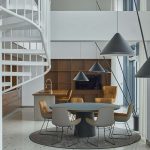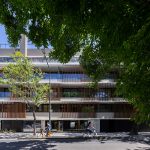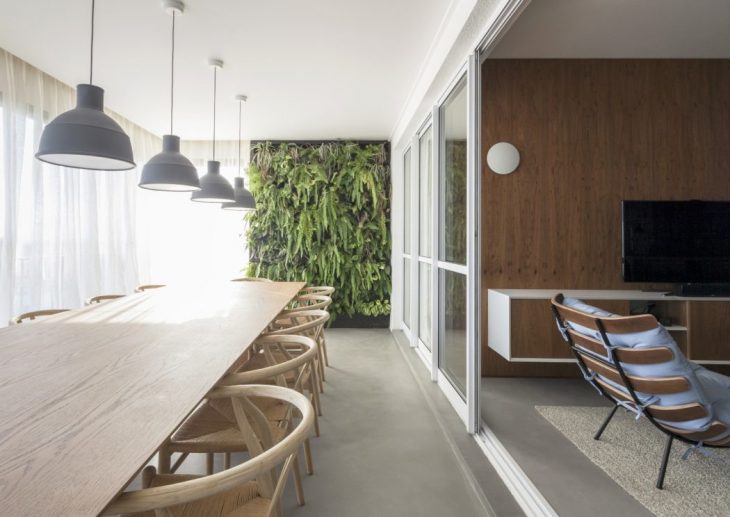
Everywhere you look, there seem to be more plants and plant-related features embedded in the architecture of our cities and neighborhoods. For example, Brazilian visual artist Paze has presented an idea to reimagine old, neglected cemeteries into more lush, “greener” public spaces, with more plant life and biodiversity. Living, green walls (a concept first imagined by Stanley Hart White back in 1938) have emerged and become popular in colleges, universities, cafes, and other public spaces. And even in the comfort of their own homes, homeowners are investing more time and energy into houseplants; in the past 3 years, houseplant sales in the United States have increased by 50 percent, to $1.7 billion.
Green is in. But why? And how long will this trend continue? ARCHISCENE magazine editors discuss the climate change, benefits of plants and the longevity of this trend:
The Demand for Green
Why the sudden increase in architectural interest in greenery?
There are a handful of motivating factors:
· Climate change and eco-consciousness. First, there’s been a growing trend of eco-consciousness and eco-friendliness. In the wake of climate change awareness and the increasing availability of renewable energy sources, it’s become almost fashionable to “go green.” Top brands are annually publishing sustainability reports to prove how they’re helping the environment, green options (like carbon-offset plane tickets) are becoming more commonplace, and consumers are looking for more ways to be environmentally friendly in general. Incorporating more plant life in an architectural space is a literal way to “go green.” Depending on how it’s implemented, it could serve as a kind of signal that you care about the environment; a lush, living green wall could serve as a kind of flag for environmental friendliness—and everyone wants to be in.
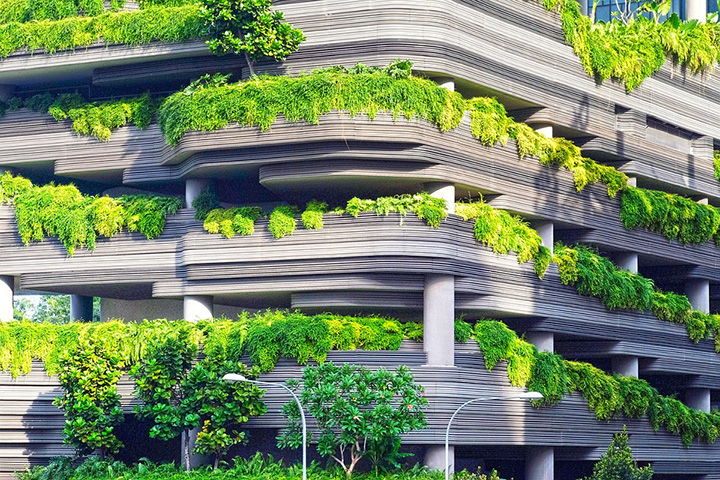
· Scientific understanding of the benefits of plants. We’re also seeing a better scientific understanding of the health and psychological benefits of plants. For example, plants in an office setting are shown to increase productivity. There’s some evidence to suggest that certain species of plants are capable of improving the quality of your indoor air, serving as a kind of air filter. And of course, biodiversity in the outdoors is capable of sustaining a healthier overall ecosystem (assuming the plant species are native to the area). New reports about higher mood and better productivity could be motivating more designers and purchasers to pursue these green designs.
· Limited space. Using plants can also be a way to make the most of limited space and it’s a common trick in interior design. For example, if you’re trying to make an indoor space “pop,” but you have limited floor space, including plants across a horizontal wall can help you preserve space while still introducing novel elements into your design.
· Technical capabilities. Certain types of integrated plants produce a kind of “wow” factor. Our technical capabilities for integrating and supporting plants in modern environments are increasing, so it’s easier than ever to accomplish impressive plant-related feats.
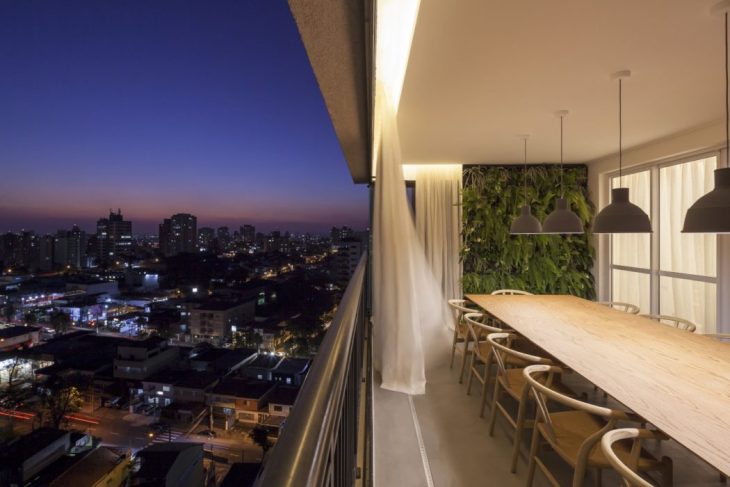
· Secondary benefits. Aside from the psychological and health benefits of plants, there may be secondary benefits to including plants in a building. For example, some evidence suggests that plants have sound dampening effects; they can reduce echoes in otherwise empty, open spaces, and they can create a quieter environment for offices, dorms, and living areas.
· A reaction against modern design. It’s also possible that the rise of green projects is a kind of mini-rebellion against the features of modern architectural design. Modern architecture is all about a lack of ornamentation, with a focus on sharp horizontal and vertical lines. Traditional materials like wood, brick, and concrete are common, and buildings are often simple and clean. Over time, some people have grown to see this as sterile and without personality—so plants and lush greenery seem like the perfect antidote.
· Snowballing popularity. Of course, we also need to consider the snowballing effect that applies to most architectural trends. As more people begin to invest in green spaces, and as praise for those spaces begins to roll in, more architects, designers, and residential consumers become more interested in the new trend. Eventually, it becomes more popular based solely on its own popularity. From there, the cycle escalates.
All these factors, working together, could be supporting the trend.
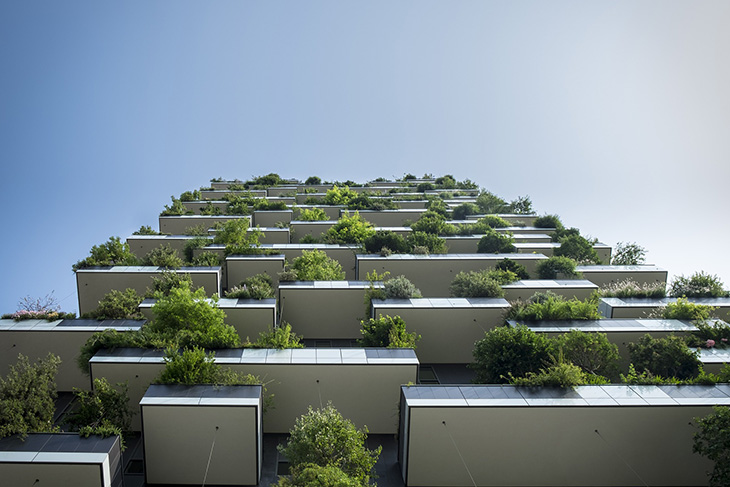
Will the Trend Continue?
The big question on people’s minds is will this continue? Or is this just a blip on the radar—a novel, temporary trend? It’s hard to say. Some of the factors leading to the popularity of this design trend are certainly temporary; if it’s indeed a reaction against the clean minimalism of modern design, it’s only a matter of time before there’s a new reactionary movement. On the other hand, many of these motivating factors are timeless; we’re learning more about the benefits of plants in our everyday life, so it’s entirely possible that the trend will only increase in popularity.


